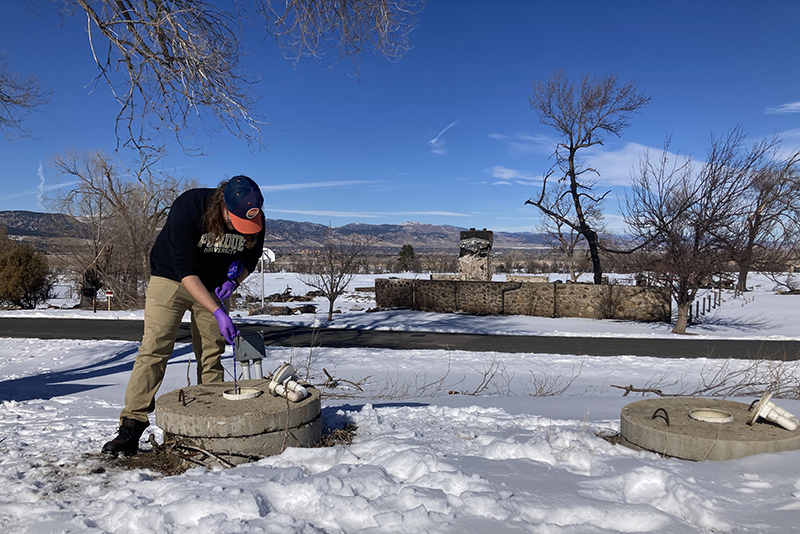Wildfire threats are on the rise, with recent wind-driven fires near Athens and in Spain’s Andalucia province among the examples linked to rising heat. Recovery from wildfires presents a number of challenges for affected communities, but new research reveals how safe drinking water supplies might be restored faster after a fire.
Andrew Whelton, a Purdue University professor of civil engineering and environmental and ecological engineering in the United States, began doing field research in the wake of 2018 wildfires in the western U.S.
Whelton and his team focused on water supplies contaminated by wildfire activity, taking samples and using them to assist local leaders in finding the best pathways to restoring their water systems.
What Whelton did differently, though, was an assessment of how wildfires impact the plastic pipes found in countless buildings and service lines. It’s long been known that when the plastic pipes are damaged by the high heat of wildfires, they release chemicals into the air. But Whelton and his team found that the degraded plastic pipes also were leaching chemicals into drinking water.
Benzene, a known carcinogen, was found at levels more than 10 times the amount deemed safe by the U.S. Environmental Protection Agency after one California wildfire. It also was found in 10 of 11 Purdue University lab samples taken after plastic pipes were exposed to high temperatures between 200 °C and 400 °C. Other chemicals found at fire-affected sites have included naphthalene, styrene, toluene, and xylenes.
As the researchers continued their work in different U.S towns affected by wildfires, they ultimately identified more than 60 volatile organic compounds (VOCs) in drinking water after a wildfire. The problem, though, is that while they’re often toxic, the VOCs typically don’t have a color or odor, and they aren’t easy to identify on a visual inspection of pipes.
Whelton’s findings underscore the need for disaster response groups to test water systems for VOCs before verifying the safety of drinking water. A recent study from the California Department of Public Health also found evidence in support of these findings.
“I was at a meeting in Colorado, and I could not believe that five years after the Tubbs Fire, we were talking about VOC water contamination like it was common,” Whelton said. “Here we are, at the most destructive wildfire in Colorado’s history, and the state, the Environmental Protection Agency and others know to test for these VOCs. And then they found them.”
The Purdue University team now is able to provide testing and expert guidance on what to look for and how to begin water system recovery efforts. Whelton also advises on building codes and other infrastructure, with a focus on public health protection and wildfire hazards.
With his research, he’s also learned that engineering students benefit from having disaster-related training so that they are more adept at responding to emergency situations in a future in which they become more common. Restoring water service after a wildfire is one such scenario.
“The faster we can decontaminate water systems, the faster communities can recover economically,” Whelton says.

Did you like it? 4.3/5 (20)








